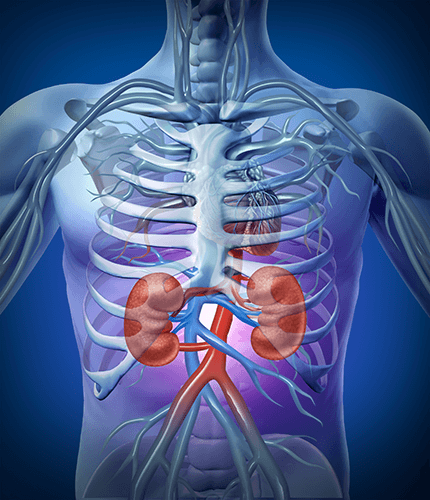UPDATED: November 18, 2022
How long will it take a drug to clear from my system?

Athletes often want to know how long before a competition they need to stop using a medication that is only prohibited in competition. However, it is virtually impossible for anyone to determine exactly how long a drug will be detectable in the body, and USADA is not able to provide athletes with an estimate.
How long it takes for a drug to be metabolized (completely broken down) and cleared from the body (clearance time) can vary greatly between individuals and is specific for each medication. It can also be affected by the route of intake.
For example, marijuana is a drug that can have very long clearance times, ranging from days to weeks, depending on the way it is used, the specific part of the plant consumed, and how often it is used. In contrast, pseudoephedrine, a common stimulant found in over-the-counter cold and cough medications, is a rapidly excreted drug that could clear completely from an athletes’ body within 24 hours to a few days.
Athletes who are unsure of their anti-doping responsibilities relating to the use of medications that are prohibited in sport should submit a TUE Pre-Check Form and keep reading to learn more about clearance times.
Can my doctor or pharmacist help me figure out how long it will take a drug to clear?
Using the concept of a drug’s half-life (the time it takes for half of the active drug ingredient to be broken down into metabolites), your doctor or pharmacist may be able to provide some information about how long the active component of the drug will be present in your blood. However, they may not be able to predict how long the drug and its metabolites will be detectable by anti-doping tests.
While the half-life of a drug provides a time estimate for how long a drug will have a therapeutic effect, anti-doping tests look for both the active drug (or parent compound) and metabolites in both blood and urine. Metabolites of drugs can linger much longer in the system than the active form of the drug. This means that the half-life calculation often underestimates how long a drug can be detected in the body.
Another reason why the half-life value is not always a good estimate for how long a substance will be in your system is because it is established by measuring the drug in blood serum or plasma. While some anti-doping tests utilize blood, the majority utilize urine and there is not always a clear correlation between what’s detectable in serum versus urine.
Essentially, and unfortunately, there is no perfect way to predict with certainty how long a substance will be detectable in an athlete’s sample.
If I need to use a stimulant, narcotic, or corticosteroid out of competition, how long before a competition should I stop using it?
Athletes should stop taking pseudoephedrine-containing medicines at least 24 hours before competition.
For corticosteroids, athletes should consult the washout periods defined by the World Anti-Doping Agency (WADA). If athletes will still be on the corticosteroids during that washout period, they should submit a Therapeutic Use Exemption application (RTP and CAP athletes) or a TUE Pre-Check Form to determine their anti-doping responsibilities. If the use of the corticosteroid ends before the WADA defined washout period, then it is not necessary to submit a TUE or a TUE Pre-Check.
For all other medications that are prohibited in-competition and use is required close to or during a competition, athletes should either submit a TUE Pre-Check Form, or immediately apply for a TUE (RTP and CAP athletes). More TUE FAQs available here.
More questions?
For questions about specific products, substances, and methods, contact USADA’s Drug Reference Line at drugreference@USADA.org or call (719) 785-2000, option 2.
Read more Spirit of Sport blog posts



